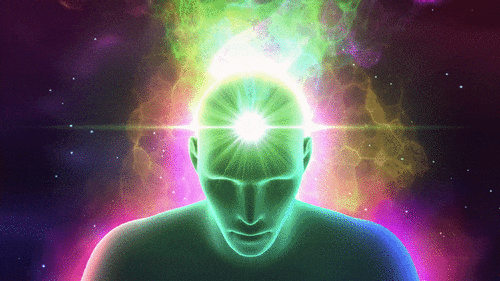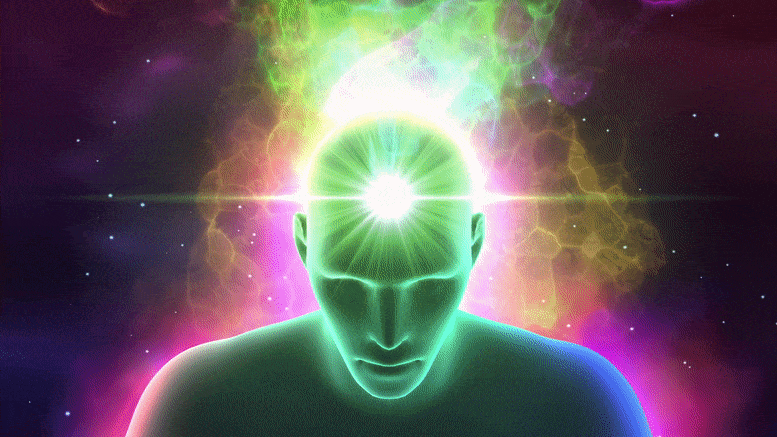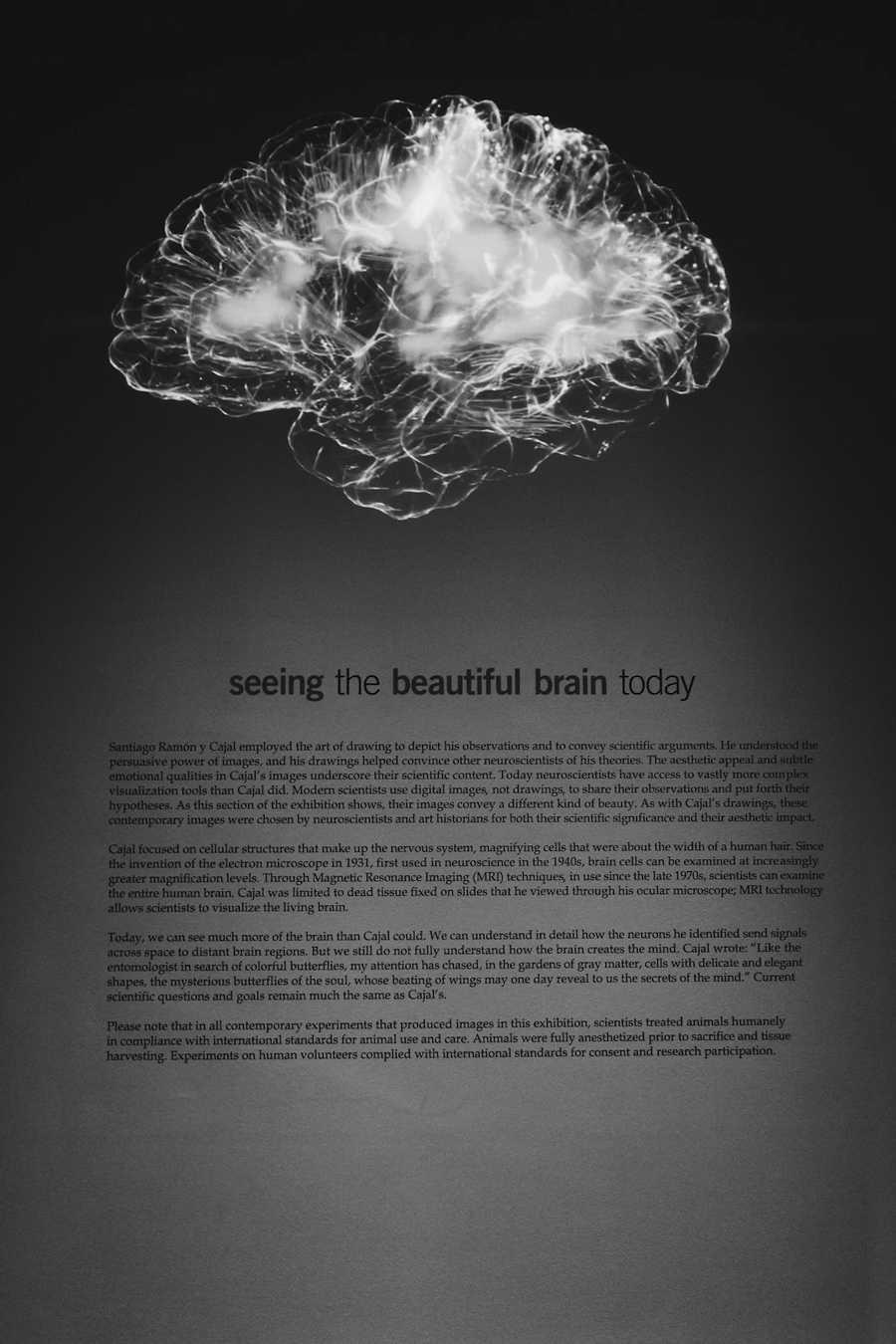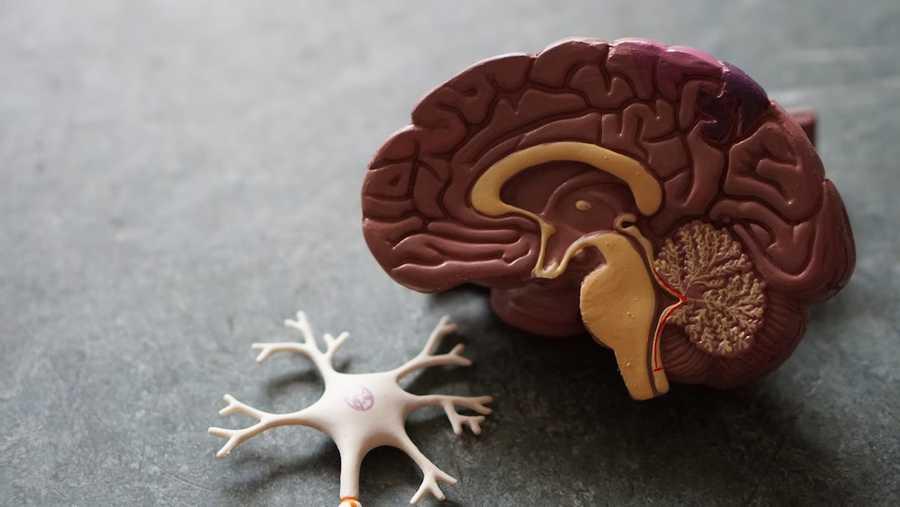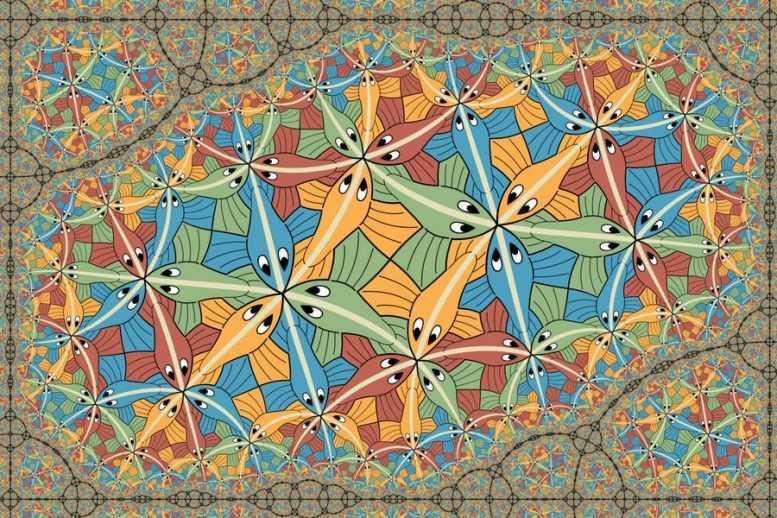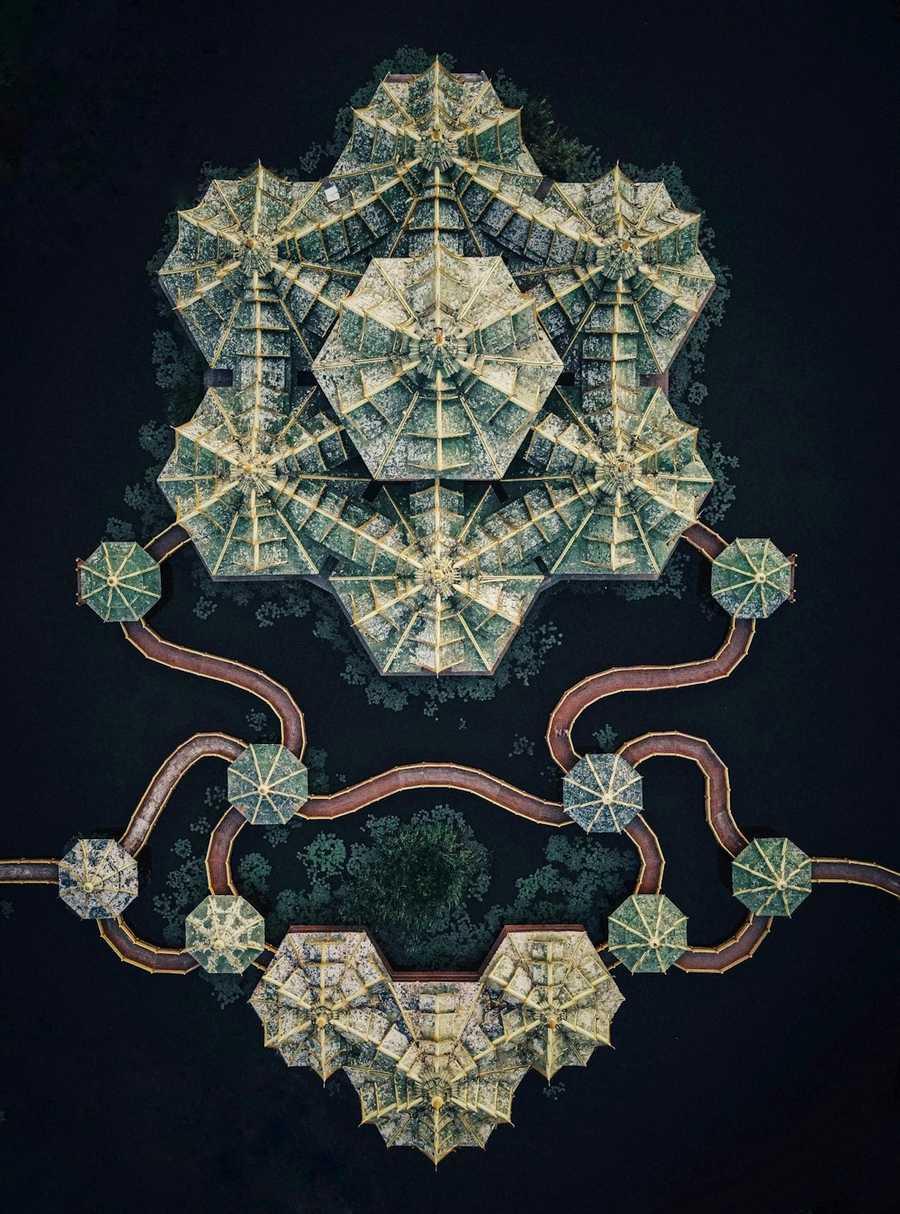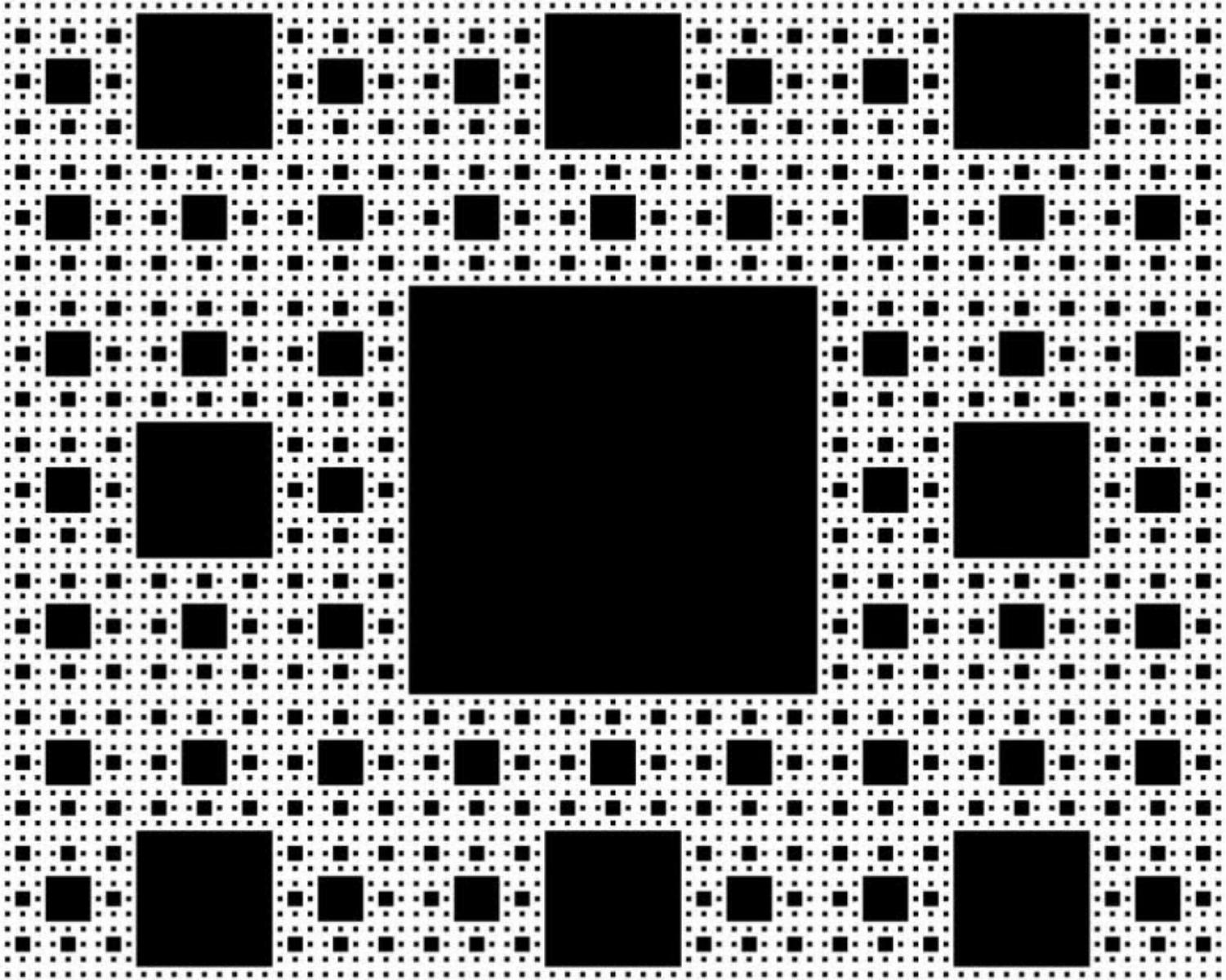Can Consciousness Be Explained by Quantum Physics? Fascinating Research Takes Us a Step Closer to Finding Out
Curated from: scitechdaily.com
27
Explore the World's Best Ideas
Join today and uncover 100+ curated journeys from 50+ topics. Unlock access to our mobile app with extensive features.
Scientists think consciousness is generated by quantum physics.
One of the most important open questions in science is how our consciousness is established. In the 1990s, long before winning the 2020 Nobel Prize in Physics for his prediction of black holes, physicist Roger Penrose teamed up with anesthesiologist Stuart Hameroff to propose an ambitious answer. The brain’s neuronal system forms an intricate network and that the consciousness this produces should obey the rules of quantum mechanics – the theory that determines how tiny particles like electrons move around. This, they argue, could explain the mysterious complexity of human consciousness.
49
430 reads
Ideas and hypothesis
Penrose and Hameroff were met with incredulity. Quantum mechanical laws are usually only found to apply at very low temperatures . Quantum computers, for example, currently operate at around -272°C . At higher temperatures, classical mechanics takes over. Since our body works at room temperature, you would expect it to be governed by the classical laws of physics. For this reason, the quantum consciousness theory has been dismissed outright by many scientists – though others are persuaded supporters .
39
188 reads
Brains and fractals
Our brains are composed of cells called neurons, and their combined activity is believed to generate consciousness. Each neuron contains microtubules, which transport substances to different parts of the cell. Microtubules are structured in a fractal pattern which would enable quantum processes to occur. Fractals are neither two-dimensional nor three-dimensional, but are instead some fractional value in between. In mathematics, fractals emerge as patterns that repeat themselves infinitely, generating what is seemingly impossible: a structure that has a finite area, but an infinite perimeter.
42
163 reads
Fractals in daily life
This might sound impossible to visualise, but fractals actually occur frequently in nature . The florets of a cauliflower or the branches of a fern , are both made up of the same basic shape repeating itself over and over again, but at smaller and smaller scales. Fractals also feature in the enchanting repeating artworks of MC Escher and Jackson Pollock , and they’ve been used for decades in technology, such as in the design of antennas . These are all examples of classical fractals – fractals that abide by the laws of classical physics rather than quantum physics.
38
133 reads
Fractals and human consciousness
It’s easy to see why fractals have been used to explain the complexity of human consciousness. Because they’re infinitely intricate, allowing complexity to emerge from simple repeated patterns, they could be the structures that support the mysterious depths of our minds.
But if this is the case, it could only be happening on the quantum level, with tiny particles moving in fractal patterns within the brain’s neurons. That’s why Penrose and Hameroff’s proposal is called a theory of “quantum consciousness”.
41
129 reads
Experimental trial and errors.
Advanced technology means we can now measure quantum fractals in the lab. In recent research involving a scanning tunneling microscope, electrons are carefully arranged in a fractal pattern, creating a quantum fractal.
Then the wave function of the electrons were measured, which describes their quantum state, they too lived at the fractal dimension dictated by the physical pattern they’d made. In this case, the pattern used on the quantum scale was the Sierpiński triangle , which is a shape that’s somewhere between one-dimensional and two-dimensional.
36
113 reads
Photonics experiments
Using state-of-the-art photonics experiments, they were able to reveal the quantum motion that takes place within fractals in unprecedented detail. They achieved this by injecting photons (particles of light) into an artificial chip that was painstakingly engineered into a tiny Sierpiński triangle. Injected photons at the tip of the triangle spread throughout its fractal structure in a process called quantum transport. They repeated this on two different fractal structures, both shaped as squares rather than triangles.
37
124 reads
Quantum consciousness
Our observations from these experiments reveal that quantum fractals actually behave in a different way to classical ones. Specifically, we found that the spread of light across a fractal is governed by different laws in the quantum case compared to the classical case. This knowledge of quantum fractals could provide the foundations for scientists to experimentally test the theory of quantum consciousness. If quantum measurements are one day taken from the human brain, they could be compared against our results to definitely decide whether consciousness is a classical or a quantum phenomenon.
42
162 reads
Conclusion
This work could also have profound implications across scientific fields. By investigating quantum transport in our artificially designed fractal structures, we may have taken the first tiny steps towards the unification of physics, mathematics and biology, which could greatly enrich our understanding of the world around us as well as the world that exists in our heads.
36
131 reads
IDEAS CURATED BY
I owe my originality to a technical clusterfuck of emotions driven by angst and my dad's radio.
Ahana Chakraborty's ideas are part of this journey:
Learn more about scienceandnature with this collection
The historical significance of urban centers
The impact of cultural and technological advances
The role of urban centers in shaping society
Related collections
Similar ideas
2 ideas
17 ideas
A BUTTERFLY IN THE QUANTUM WORLD
canblogum.medium.com
Read & Learn
20x Faster
without
deepstash
with
deepstash
with
deepstash
Personalized microlearning
—
100+ Learning Journeys
—
Access to 200,000+ ideas
—
Access to the mobile app
—
Unlimited idea saving
—
—
Unlimited history
—
—
Unlimited listening to ideas
—
—
Downloading & offline access
—
—
Supercharge your mind with one idea per day
Enter your email and spend 1 minute every day to learn something new.
I agree to receive email updates
